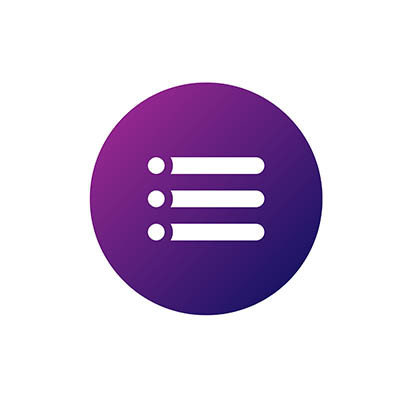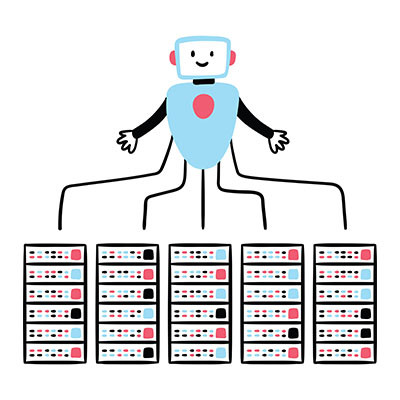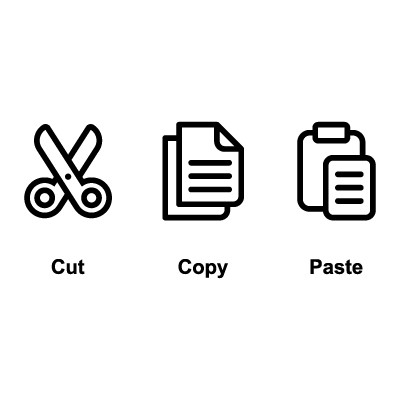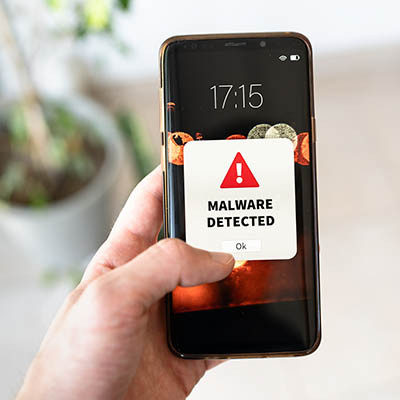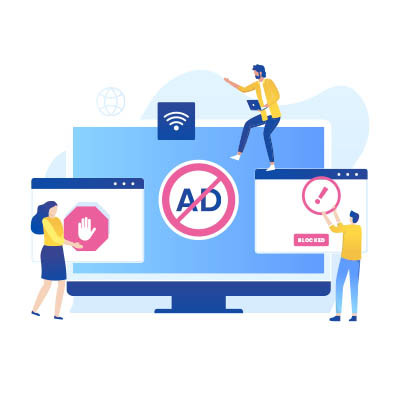It's one of the most recognizable icons in modern digital design: three short, horizontal lines stacked neatly together. You've seen it countless times, representing the main menu on nearly every website and application. Sometimes it transforms into three dots—a "kabob" menu, if you want a fun fact, but its function remains the same: it's the gateway to everything your site has to offer.
BlackCSI Blog
Artificial intelligence has reshaped the relationship that many people have with technology, and especially how we work and communicate. Despite this, there are plenty of challenges that the technology faces—especially if it wants to remain sustainable. Today, we want to look at the fuel that keeps these platforms running—the data center—and why it’s important to consider them in the context of the AI conversation.
Artificial intelligence, or AI, is practically now a household name, and it’s changing the way we think about work, communication, and even innovation. It takes a lot of power and infrastructure to fuel these systems, however, and they wouldn’t be possible without the data center. These structures are the powerhouses that enable AI, but what does a data center for AI look like?
It’s official; Windows 10 is no longer supported by Microsoft. It was an incredibly popular operating system, which might give you a certain level of hesitation to move on and upgrade to Windows 11, but we want to urge you to do so now rather than later. Let’s take a look at your options and which one is best for your business.
Operational efficiency is pretty important for businesses. Wasting time, money, and resources can stifle growth and put you at a competitive disadvantage. Fortunately, technology offers powerful solutions used to eliminate common inefficiencies. Today, we want to go through five ways you can use technology to drive real results.
Learning a new piece of software can be challenging, even for the techiest employees out there. If you don’t provide enough support during this period, it could lead to frustration, wasted time, and a general resistance to change. Thankfully, you can address these issues by examining the psychological, organizational, and training-related factors at play when learning new software.
Some of the most versatile and useful technology out there might already be installed on your infrastructure. One such tool is Microsoft Excel, Microsoft 365’s spreadsheet building platform. You might be surprised to find out that Excel can be used in some interesting ways—including these three uses.
Diagnosing issues with your PC can be challenging, and that’s because an operating system is inherently a complicated piece of technology. If you’re looking for a way to isolate the problem and diagnose it, we typically recommend you work with a managed service provider (like us) to make it happen. If you’d like to try things out for yourself, however, you can use Safe Mode to examine your PC in its base form to see if you can find the root cause of the issue.
How much does your business value communication and data security? The answer to that should be “A lot.” Microsoft SharePoint, a web-based platform for storing, organizing, sharing, and accessing information, can help businesses that use Microsoft 365 work more effectively. Today, we’ll cover three of its best features and what your business can accomplish with them.
I have two questions for you.
First: how many subscriptions do you pay for that pertain to your business and its software? Second, how many of those subscriptions are actively used in your business’ processes?
This kind of sprawl is too easy to fall into if you aren’t carefully paying attention to these agreements… but you must. Let’s explore why.
It is certainly tempting to squeeze every last drop of life out of existing equipment. After all, why spend money on new computers or servers if the old ones still technically work? You may view this as frugal, but ironically not spending on the updated IT your business needs can lead to leaving significant revenue on the table. The truth is, holding onto outdated hardware can silently, yet significantly, bleed your business dry.
Presentation anxiety is very real and can present itself in various ways, from dry mouth to sweaty palms to a sudden loss for words. It’s a legitimate phobia that people have, which makes it all the more helpful that modern presentation tools offer a feature to help mitigate its impact: Presenter View.
Let’s talk about how to put Presenter View to use in either Microsoft PowerPoint or Google Slides.
One of the most significant advantages of operating as a small or medium-sized business is that you can provide more personalized attention to your customers, unlike larger enterprises and corporations. However, you need the right tools to make these interactions as effective as possible. With the right customer relationship management tool, or CRM, your business can dramatically improve sales, marketing efforts, and customer satisfaction.
Technology can do some incredible things, but there’s a reason why basic tools still remain popular even to this day. It’s because they cracked the code for productivity, and they are so easy that anyone can use them. For example, there’s the Cut, Copy, and Paste commands that can be used in literally any application out there.
McAfee recently released a list of 15 applications the company identified as “predatory loan apps” available for download from the Google Play Store. While steps have been taken to remove them from the platform, we can now discuss how mobile applications can be weaponized if a user is not careful.
Let’s start by discussing the current issue of SpyLoan apps.
With so much of the world now online, it’s no wonder that advertisers have shoveled countless dollars into embedded advertisements. Whether you’re reading articles, watching videos, or even scrolling through your social media feed, it’s expected that ads are a part of that experience—even though most people find them to be disruptive, annoying, and invasive. Many users have resorted to ad blockers in an attempt to make the Internet bearable.
Handling time calculations in a spreadsheet can often feel frustrating—especially when you’re just trying to add them up. Luckily, both Microsoft Excel and Google Sheets have built-in functions specifically designed for this purpose, making the process more manageable.
Here’s a quick guide to help you get started, no matter which spreadsheet program you use.

